SLLSEN9F May 2015 – March 2022 TUSB320
PRODUCTION DATA
- 1 Features
- 2 Applications
- 3 Description
- 4 Revision History
- 5 Pin Configuration and Functions
- 6 Specifications
- 7 Detailed Description
- 8 Application and Implementation
- 9 Power Supply Recommendations
- 10Layout
- 11Device and Documentation Support
- 12Mechanical, Packaging, and Orderable Information
Package Options
Mechanical Data (Package|Pins)
- RWB|12
Thermal pad, mechanical data (Package|Pins)
Orderable Information
8.1 Application Information
The TUSB320 device is a Type-C configuration channel logic and port controller. The TUSB320 device can detect when a Type-C device is attached, what type of device is attached, the orientation of the cable, and power capabilities (both detection and broadcast). The TUSB320 device can be used in a source application (DFP) or in a sink application (UFP).
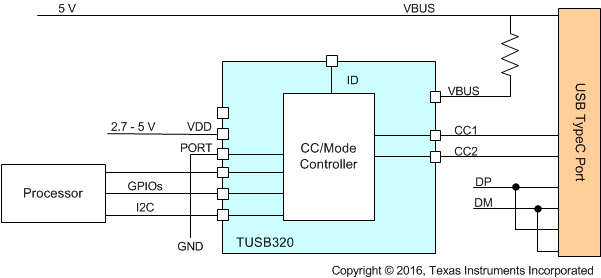 Figure 8-1 TUSB320 in UFP Mode Supporting Default Implementation
Figure 8-1 TUSB320 in UFP Mode Supporting Default Implementation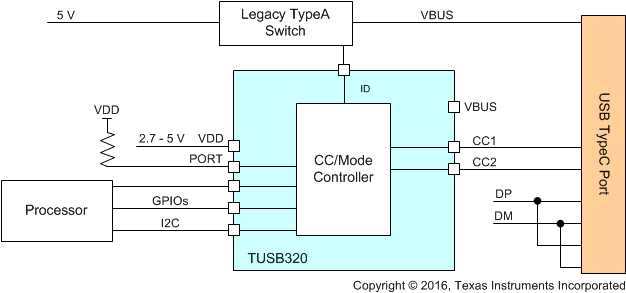 Figure 8-3 TUSB320 in DFP Mode Supporting Default Implementation
Figure 8-3 TUSB320 in DFP Mode Supporting Default Implementation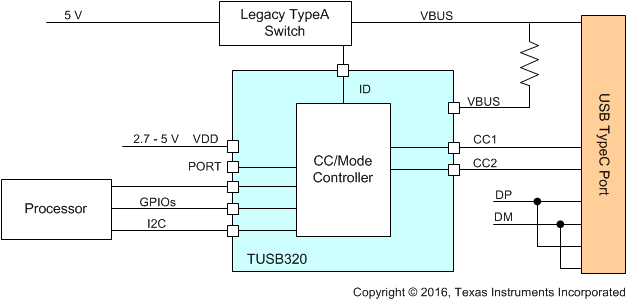 Figure 8-5 TUSB320 in DRP Mode Supporting Default Implementation
Figure 8-5 TUSB320 in DRP Mode Supporting Default Implementation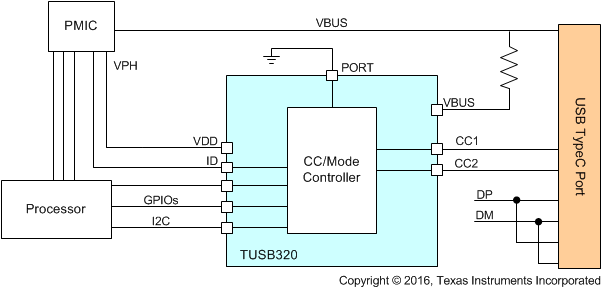 Figure 8-2 TUSB320 in UFP Mode Supporting Advanced Power Delivery
Figure 8-2 TUSB320 in UFP Mode Supporting Advanced Power Delivery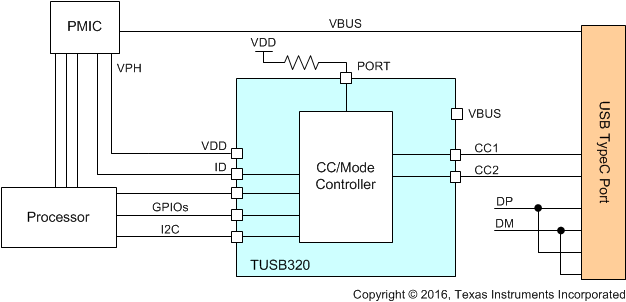 Figure 8-4 TUSB320 in DFP Mode Supporting Advanced Power Delivery
Figure 8-4 TUSB320 in DFP Mode Supporting Advanced Power Delivery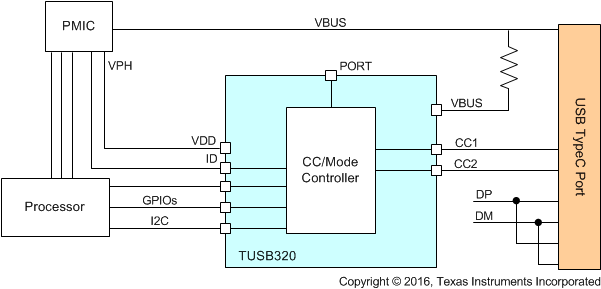 Figure 8-6 TUSB320 in DRP Mode Supporting Advanced Power Delivery
Figure 8-6 TUSB320 in DRP Mode Supporting Advanced Power Delivery